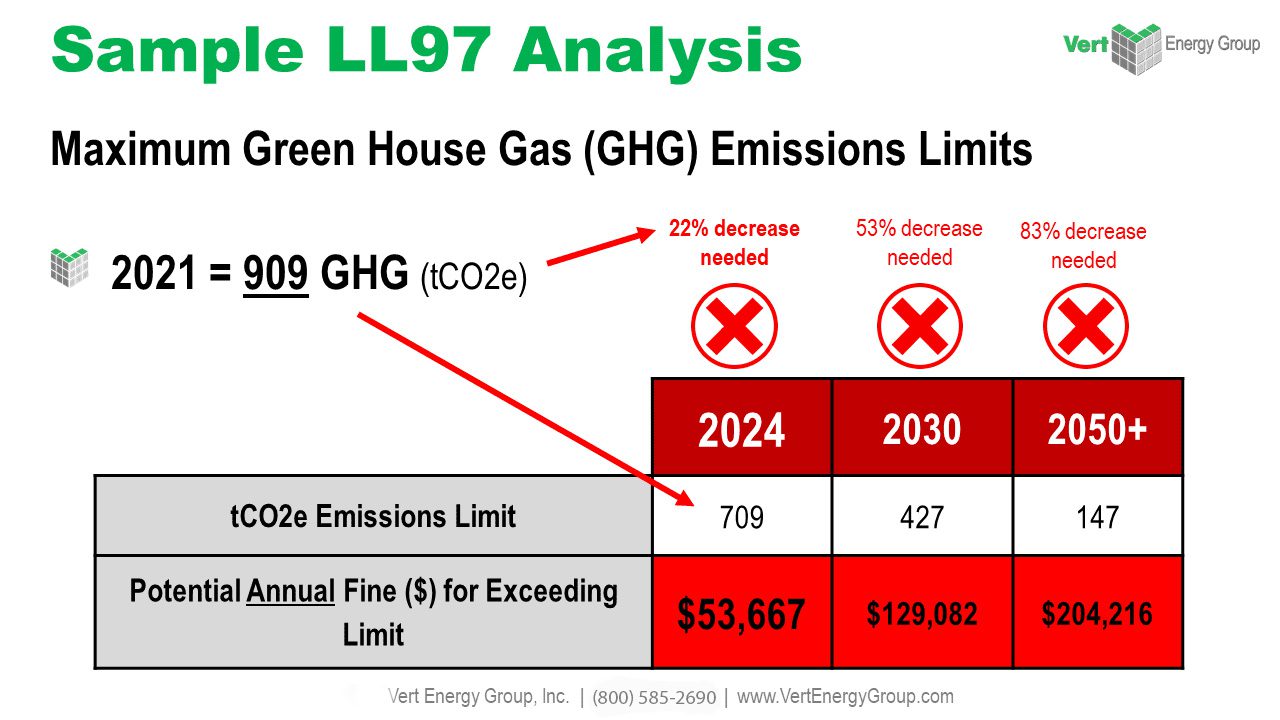Introduction
In a world where energy efficiency has become a pressing concern, the practice of energy benchmarking has emerged as a powerful tool for organizations striving to optimize their energy consumption. It’s like putting on a detective’s hat and uncovering the hidden secrets of energy usage within buildings. By analyzing energy data and comparing it against industry standards, energy benchmarking empowers businesses to identify areas for improvement, set ambitious performance goals, and track their progress over time. However, amidst the promises of energy benchmarking, it’s essential to acknowledge the presence of potential pitfalls and limitations that could hinder its effectiveness. In this captivating article, we will journey through the labyrinth of energy benchmarking, unraveling the challenges it faces and discovering the ingenious solutions to overcome them. Brace yourself for a rollercoaster ride through the world of energy benchmarking as we explore its drawbacks and unveil the strategies to unleash its full potential.
The Concept of Energy Benchmarking
Before diving into the limitations, let’s first revisit the concept of Energy Benchmarking. Energy benchmarking involves the measurement and comparison of energy consumption data across similar building types or industries. The primary purpose is to identify energy inefficiencies and promote energy-saving practices. By establishing benchmarks and Key Performance Indicators (KPIs), organizations can track their progress and make informed decisions regarding energy management initiatives.
Drawbacks and Limitations of Energy Benchmarking
1. Reliance on Historical Data and Accuracy Concerns
One of the primary limitations of energy benchmarking lies in its heavy reliance on historical energy consumption data. However, the accuracy of historical data can be a significant concern. Inaccurate or incomplete data can misrepresent a building’s true energy performance, leading to flawed benchmarking results. Issues such as metering errors, data entry mistakes, or changes in building usage can compromise the reliability of historical data.
To address this limitation, organizations should implement rigorous data collection processes and invest in advanced metering technologies. Automated data collection systems, smart meters, and submetering can provide more accurate and real-time data, reducing the reliance on potentially flawed historical information. Regular data quality checks should also be conducted to ensure the accuracy and reliability of the collected data.
2. Variability and Lack of Standardization
The diversity of building types and usage patterns poses a challenge in energy benchmarking. Commercial buildings, industrial facilities, and residential structures each have unique characteristics that affect their energy consumption profiles. Comparing energy usage across different building types can be challenging, especially when attempting to draw meaningful conclusions.
Furthermore, the absence of standardized metrics and methodologies across industries can lead to inconsistent benchmarking results. The lack of a universal benchmarking framework makes it difficult to accurately compare energy performance between organizations, industries, or geographical locations.
Efforts are underway to establish industry-wide benchmarks and develop standardized metrics. Collaborative initiatives and organizations such as the International Performance Measurement and Verification Protocol (IPMVP) and the Green Building Council play a vital role in driving standardization. Establishing clear guidelines, best practices, and uniform metrics can enhance the reliability and consistency of energy benchmarking, allowing for more accurate comparisons and informed decision-making.
3. Challenges in Comparing Buildings of Different Sizes and Functions
Comparing energy consumption between buildings of varying sizes and functions presents another limitation in energy benchmarking. Larger buildings generally have higher energy consumption due to increased square footage and occupancy. Simply comparing total energy usage without considering these factors can result in skewed benchmarking results.
To address this limitation, appropriate normalization techniques should be employed. Normalization factors, such as energy intensity per square foot, per unit of production, or per occupant, help adjust for differences in building size or function. These techniques provide a fair basis for comparison, allowing organizations to assess relative energy performance accurately. Normalized metrics enable organizations to compare their energy efficiency against industry standards regardless of building size or function.
4. Limited Consideration of Occupant Behavior
Occupant behavior plays a significant role in energy consumption within buildings. Factors such as thermostat settings, equipment usage, and energy-saving habits can greatly influence energy efficiency. However, quantifying and incorporating occupant behavior into energy benchmarking presents a significant challenge.
Occupant behavior can vary significantly across different buildings and occupant profiles. It is challenging to collect comprehensive data on individual behaviors and incorporate them into benchmarking analyses. While organizations can encourage energy-saving practices through awareness campaigns and educational programs, capturing and quantifying the direct impact of occupant behavior on energy consumption remains complex.
Efforts are being made to integrate behavior-based metrics into energy benchmarking practices. By leveraging data analytics and machine learning, organizations can identify patterns and correlations between occupant behavior and energy usage. Advanced metering technologies, such as smart sensors and submeters, can provide granular data on occupant activities. By combining these insights with energy consumption data, organizations can better understand the impact of occupant behavior and make more informed decisions on energy-saving strategies.
5. External Factors and Uncontrollable Variables
Energy benchmarking often faces the challenge of external factors and uncontrollable variables that influence energy consumption. Weather conditions, for example, can significantly impact energy usage, particularly in buildings with climate control systems. Additionally, economic changes, operational modifications, or shifts in production volumes can affect energy consumption patterns, making benchmarking results less reliable.
To mitigate the impact of external factors, statistical models and weather normalization techniques are employed. Weather normalization adjusts energy consumption data based on typical weather patterns, providing a more accurate basis for comparison. By isolating the impact of weather conditions, organizations can better assess their energy performance over time. Long-term analysis and trend identification help identify and differentiate between external influences and genuine energy performance.
Addressing the Limitations

While energy benchmarking faces several limitations, there are steps organizations can take to address them and improve the effectiveness of benchmarking practices:
1. Enhancing data accuracy and reliability:
Organizations should implement rigorous data collection processes, including automated data collection systems and advanced metering technologies. Regular data quality checks should be conducted to ensure the accuracy and reliability of the collected data.
2. Developing standardized metrics and methodologies:
Organizations should actively participate in industry-wide efforts to establish benchmarks, guidelines, and best practices. Collaboration with organizations such as the IPMVP and the Green Building Council can contribute to standardized energy benchmarking practices.
3. Advancements in building classification and normalization:
Refining building categorization criteria to account for variations in size, occupancy, and function is crucial. Adopting advanced normalization techniques that adjust for these factors enables fair and accurate comparisons across different buildings.
4. Incorporating occupant behavior into benchmarks:
Organizations should strive to integrate behavior-based metrics derived from data analytics and machine learning. By capturing and analyzing occupant behavior patterns, organizations can better understand and account for their impact on energy consumption. This can lead to more accurate benchmarking and targeted energy-saving strategies.
5. Accounting for external factors and uncontrollable variables:
Statistical models and weather normalization techniques should be employed to account for external influences. Conducting long-term analysis allows organizations to identify trends and differentiate between genuine energy performance and external factors. By understanding the impact of these variables, organizations can make more informed decisions about their energy efficiency initiatives.
Conclusion
Energy benchmarking serves as a valuable tool for organizations seeking to improve energy efficiency and reduce their environmental impact. However, it is important to acknowledge and address the limitations associated with this practice. By enhancing data accuracy, developing standardized methodologies, refining building classification, incorporating occupant behavior, and accounting for external factors, energy benchmarking can evolve into a more reliable and effective tool. Through industry collaboration, research, and the adoption of advanced technologies, we can overcome these limitations and unlock the full potential of energy benchmarking in creating a sustainable future for generations to come.
Discover Vertpro.com, your trusted source for expert Commercial Energy Audit and Benchmark Compliance consultancy. As an award-winning Energy Benchmarking and Audit Consultancy, we simplify energy compliance with innovative SaaS technology-based solutions. From Energy Benchmarking to Energy Audits/RCx Plus and Construction Marketplace, our services cater to Building Owners & Property Managers nationwide, ensuring adherence to over 50 Energy Benchmarking & Energy Efficiency Laws. Unlock cost savings and streamline your energy management efforts with Vertpro.com today.
















